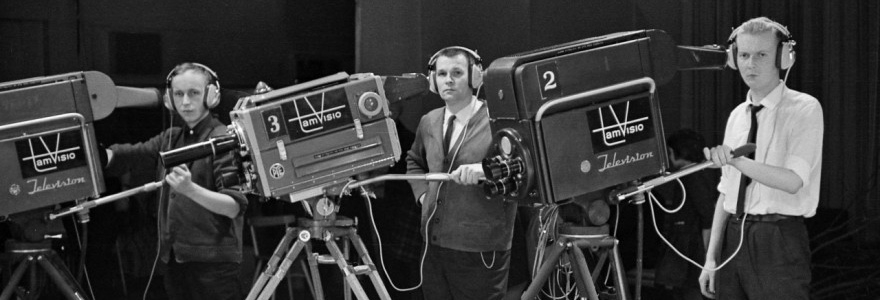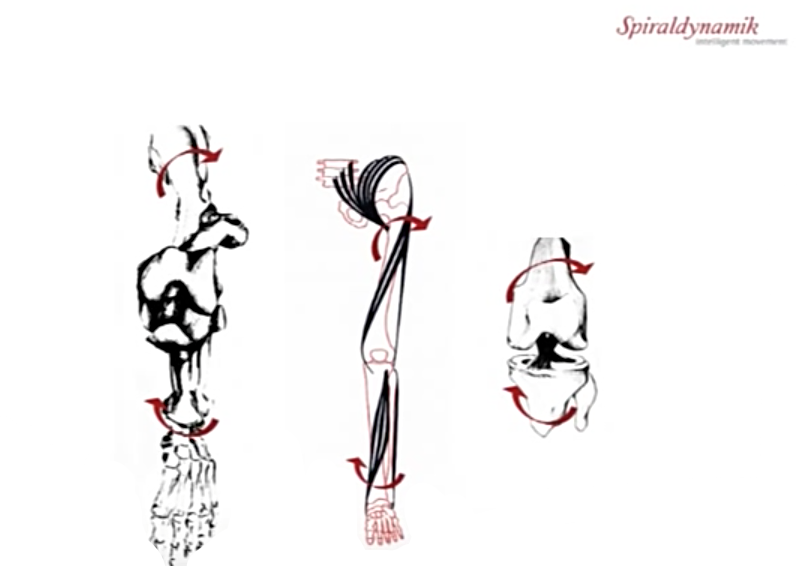ALEKSEY VAYS
On insights and walking like a cat
How one new habit changed my dance
"You move like a cat!" - she smiles at me between compositions; it’s the first time we’re dancing together — "How are you doing that?"
At a private lesson a week earlier, Candela Ramos, the Argentine tango teacher, usedthis exact image — we analyzed the "cat walk" in great detail when she felt that I was blocking my hips. Below I’ll describe some insights I had as a result of this lesson — I think that it may be interesting to others, and I want to share my experience. Here is my current understanding of the dynamics of the cat walk.
"First, I move my standing hip slightly out, leaving it up. This frees up space for my other leg, which I’m sending forward. During this step I leave my standing hip behind for as long as possible — I can feel my oblique abdominal muscles stretching. Continuing the spiral from my standing leg, the spine slightly dissociates and bends to the opposite side. My entire standing leg is engaged, including the foot and toes. When I fully transfer my weight, the process repeats on the other side. I do the same thing in the backward order when taking a step back: I stretch my leg back, and then it 'grabs' my hip."
At a private lesson a week earlier, Candela Ramos, the Argentine tango teacher, usedthis exact image — we analyzed the "cat walk" in great detail when she felt that I was blocking my hips. Below I’ll describe some insights I had as a result of this lesson — I think that it may be interesting to others, and I want to share my experience. Here is my current understanding of the dynamics of the cat walk.
"First, I move my standing hip slightly out, leaving it up. This frees up space for my other leg, which I’m sending forward. During this step I leave my standing hip behind for as long as possible — I can feel my oblique abdominal muscles stretching. Continuing the spiral from my standing leg, the spine slightly dissociates and bends to the opposite side. My entire standing leg is engaged, including the foot and toes. When I fully transfer my weight, the process repeats on the other side. I do the same thing in the backward order when taking a step back: I stretch my leg back, and then it 'grabs' my hip."
"You move like a cat! How are you doing that?"
Insight 1: orientation of the pelvis.
Having been dancing for ages (okay, only 3 years) I only now understood that my hips' range of movement is affected by the "back and forward" orientation of my pelvis. When practicing this step it became very clear to me that my sit bones really have to be pointed down. This results in what another one of my teachers called an "Argentine butt" - oriented slightly back. A trial experiment showed that this is the optimal orientation of my pelvis for the full range of movement of my hips: I simply could not walk as described above with a "tucked tail."
Insight 2: "long" legs and the natural walk.
When I’m walking naturally, my hip joints, pelvis and the small of my back draw a "figure 8" in 3 dimensions: side-to-side, up and down (the standing hip remains up) and stretching the standing hip back. This newly found 3-dimensionality allows my one step to flow smoothly into the next. It also helped me get rid of abrupt movements, like my feet hitting the floor, which used to happen because of my blocked hips. My caminata is no longer cut short, because when I stretch back my hips during the walk, my legs — quite literally — become longer.
Insight 3: spirals.
In the example with my walk I felt just how important is the role of spirals in my movements. It is not just our body that is 3-dimensional — the 3 dimensions are also at work in the dynamics of our movements, when the spirals of muscles, tendons and fascia are stretched and compressed. Of course, you can try to work out or stretch just one group of muscles, for example, when working out in a gym. Our everyday movements, however, are based on engaging the sequences of various muscle groups, which wrap our body and our limbs as spirals. (You may have seen anatomy drawings of muscles on the skeleton, where it’s easy to see that our muscles are not attached parallel to the bones, but in such a way that they wrap around the bones, forming spirals. Now physiologists are discovering that even this depiction is quite crude — muscles are a much more multidimensional system than we previously understood.) This topic is covered in detail in Spiraldynamik, an anatomical concept of movement and therapy in Germany.
In my personal case, the doctor is successfully treating a foot problem with exercises of the buttocks and calves. This example illustrates how deep and nonlinear are the physiological connections in our bodies. I think that this especially pertains to our walk, since walking engages almost all of our muscle groups. Therefore, if a spiral is interrupted — if the natural spiral sequence is obstructed, like in the example with my blocked hips — then I won’t be able to move freely and naturally. Compensatory movements are usually limited in comparison to the natural ones, so I decided to work on restoring the natural dynamics.
Insight 4: reflection.
I was not engaging my hips because of a subconscious block — I thought that hip movements were too feminine. I associated "walking from the hip" with models on the catwalk flashing superfluous, showy movements, and the impetus of these movements with women’s sexuality. But I’m a guy. So my hips were blocked, I was in the "refrigerator" mode, and I was compensating with my legs, which wasn’t the best idea: my leg muscles, knees and feet would end up suffering in the long run. Also, only the middle of my spine was dissociating, since the small of my back was glued to my pelvis, which was significantly limiting the range of my dissociation.
Insight 5: power station.
I gained bodily awareness that my hips are my "power station," from which every one of my moves originates during the dance. Thus, the impulse and the following invitation for my partner to dissociate, to turn and to step originates first in my hips. Of course, the signal is communicated through the torso, but it originates from the power center. If my hips are blocked, then all this is out of the question: an unclear signal will originate from my legs or — sometimes even worse — from my chest. My hips can be my power station only when they’re truly engaged.
Take a closer look at the way felines walk – there's a lot we can learn from them.
Insight 6: communication.
I like to dance with tangueras who project — stretch out their free leg — when they feel my invitation to step. This makes our step rich and we step to the exact spot we agreed on. I now realize that I wasn’t stretching my standing hip, and every time we had a miscommunication, I couldn’t understand what’s wrong.
"You cannot receive what you don’t give." - Ekhart Tolle
Now I understand that I want to do the same thing — to stretch my standing hip as much as I want my partner to stretch her free leg. It’s become clear that the key to communication is to lead by example: do that, which you want your partner to do.
Take a closer look at the way felines walk — there’s a lot we can learn from them. When walking like a cat, steps become smooth, deep and "delicious." You may enjoy the effect of freeing up and engaging your hips in tango, and your partners might appreciate it as well.
"You cannot receive what you don’t give." - Ekhart Tolle
Now I understand that I want to do the same thing — to stretch my standing hip as much as I want my partner to stretch her free leg. It’s become clear that the key to communication is to lead by example: do that, which you want your partner to do.
Take a closer look at the way felines walk — there’s a lot we can learn from them. When walking like a cat, steps become smooth, deep and "delicious." You may enjoy the effect of freeing up and engaging your hips in tango, and your partners might appreciate it as well.
Author: Aleksey Vays. Opinions expressed in articles within this blog may not coincide with those of the editor.
Subscribe to Simple&Elegant Blog to keep in touch!
We use cookies and other metadata to provide the best experience. If you don't agree with the Policy, you can leave the site.
Ok, thanks!
All text, photo and video materials belong to their owners.
Reference to the source is obligatory.
Photo and other credits: Dream Team
© Elegance is Simple. All Rights Reserved.
hello@simplenelegant.com
Reference to the source is obligatory.
Photo and other credits: Dream Team
© Elegance is Simple. All Rights Reserved.
hello@simplenelegant.com

Dream Team
Video, Editing and Creative Support - Daria Ermolaeva
Video Operating - Vladimir Kutakhov
Animation - Evgenja Chernikova
Design - Anastasia Rotar
Blog Editing and Translation - Dunya Valova
Photo - Anya Semenyuk, Daria Ermolaeva, Viktoria Fedirko, Maria Mosolova, Dmitry Volkov, kaboompics.com, imagefinder.co, freestock.org, gratisography.com, facebook.com
All photos are used with the permission of their owners and/or have an open license.
Video Operating - Vladimir Kutakhov
Animation - Evgenja Chernikova
Design - Anastasia Rotar
Blog Editing and Translation - Dunya Valova
Photo - Anya Semenyuk, Daria Ermolaeva, Viktoria Fedirko, Maria Mosolova, Dmitry Volkov, kaboompics.com, imagefinder.co, freestock.org, gratisography.com, facebook.com
All photos are used with the permission of their owners and/or have an open license.


